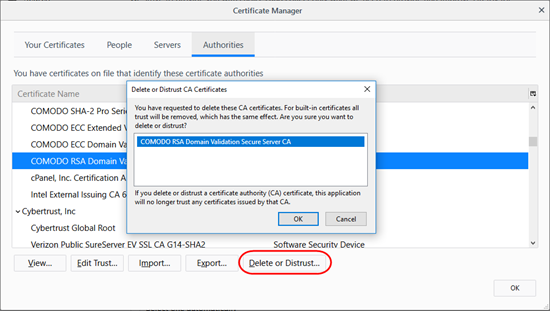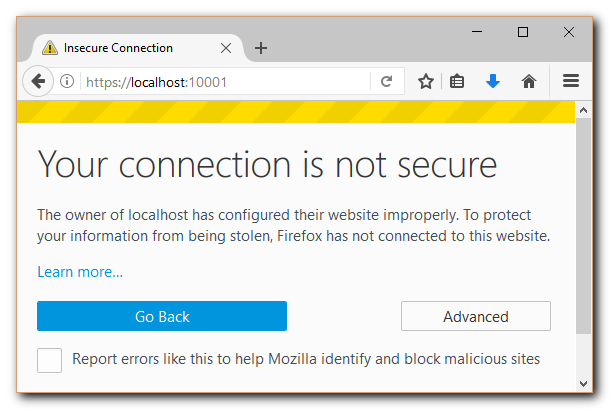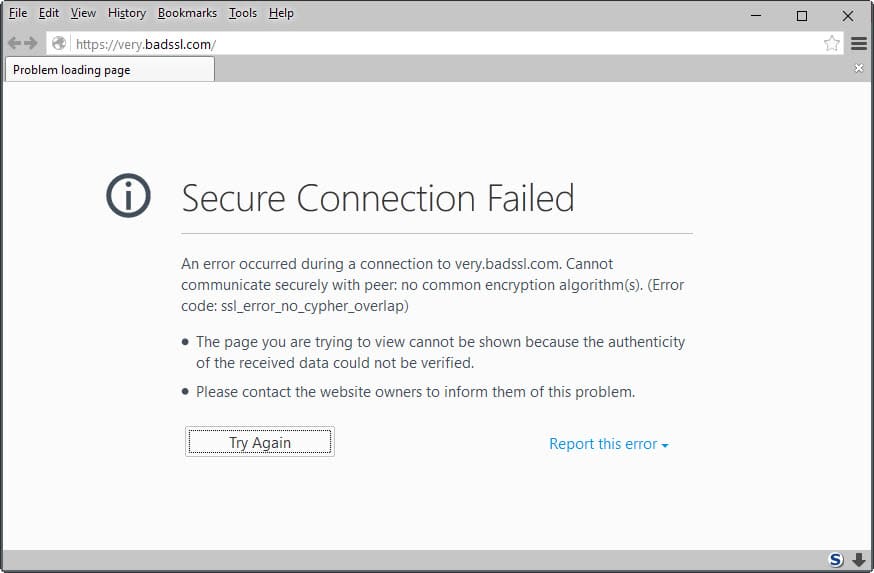

This means that when you click through your browser to view a website’s SSL certificate details, that you’ll be able to glean at least some information about who is running the website. Especially when you’re visiting new sites.Īs we head further into 2018, SSL certificates are going to become mandatory for every website.


No, checking SSL certificate details is hardly the first thing that pops into your mind when you arrive at a new website, but it should be the first. Where’s the label, you say? View SSL Certificate details!ĭon’t know how to do that? Join the 99.7% of the population that also don’t. Sometimes when you arrive at a website it’s good to read the label. On the internet, things are no different. Like before you purchase food at the supermarket or after you’ve already downed half-a-dozen pills. Sometimes it’s important to read the label.

Browse free.View SSL certificate in Chrome, Firefox, Safari & Edge/IE If you aren’t a Firefox user yet, you can download the latest version here to start benefiting from all the ways that Firefox works to protect you when browsing the web. As soon as your Firefox auto-updates to version 90, you can simply select your client certificate when prompted by a website. If you are a Firefox user, you don’t have to do anything to benefit from this usability and security improvement to load client certificates. No manual task or preconfiguration will be necessary when communicating with your corporate authentication system. This feature will be particularly beneficial when relying on a client certificate stored on a hardware token, since you do not have to import the certificate into Firefox or load a third-party module to communicate with the token on behalf of Firefox. Starting with Firefox version 90, when you connect to a website that requests a client authentication certificate, Firefox will automatically query the operating system for such certificates and give you the option to use one of them. This is sometimes called “mutual authentication”. Some websites (most commonly corporate authentication systems) request that the browser sends a certificate back to it as well, so that the website visitor can prove their identity to the website (similar to logging in with a username and password). When a web browser negotiates a secure connection with a website, the web server sends a certificate to the browser to prove its identity. This security and usability improvement has been available in Firefox since version 75, but previously end users had to manually enable it. Starting with version 90, Firefox will automatically find and offer to use client authentication certificates provided by the operating system on macOS and Windows.


 0 kommentar(er)
0 kommentar(er)
